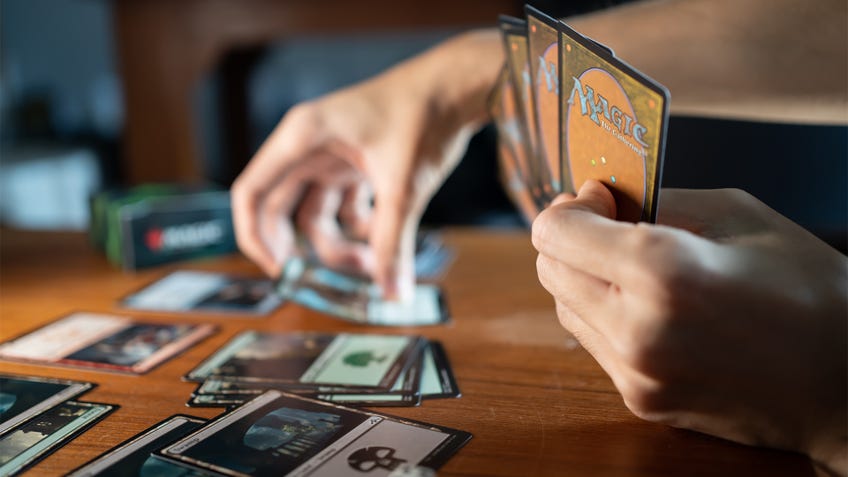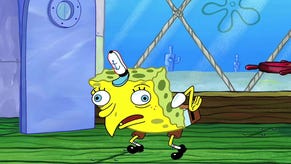MTG phases explained: a beginner’s guide to turn structure in Magic: The Gathering
Get yourself in order with our step-by-step guide to a turn in MTG.
Magic: The Gathering’s turn phases are a big part of what makes the trading card game so exciting to play. The ability to quickly react to your opponents’ spells as you trade enchantments, summon creatures and time your attacks perfectly results in a card game that feels thrilling on every turn.
MTG’s phases can be a sticking point for newcomers to the TCG, though, with quite a few different phases and steps making up the typical turn structure of a player. Remembering when you’ll be able to cast an instant spell - and when your opponents will have a chance to stop you or return fire - is a crucial part of securing victory and ensuring your carefully-built deck has a chance to shine.
Making things that bit more complicated are Magic: The Gathering’s cards themselves, which will often have very specific timing windows attached to their abilities - and can even break the standard rules and turn structure of the game at points.
While you can’t memorise every card, learning the phases of MTG is one of the best ways to improve your skill as a player, helping you to properly plan your turns and know the exact time to drop an instant spell on your opponent to give you the biggest advantage.
To help you on your way, this guide will lead you through all of the phases that make up a turn in Magic: The Gathering in order, from the start of your turn through playing cards and resolving combat to tidying up at the end of your turn. As always, there will be cards that bend and break these basic rules, so be sure to check your cards for the best chance of winning!
MTG turn phases
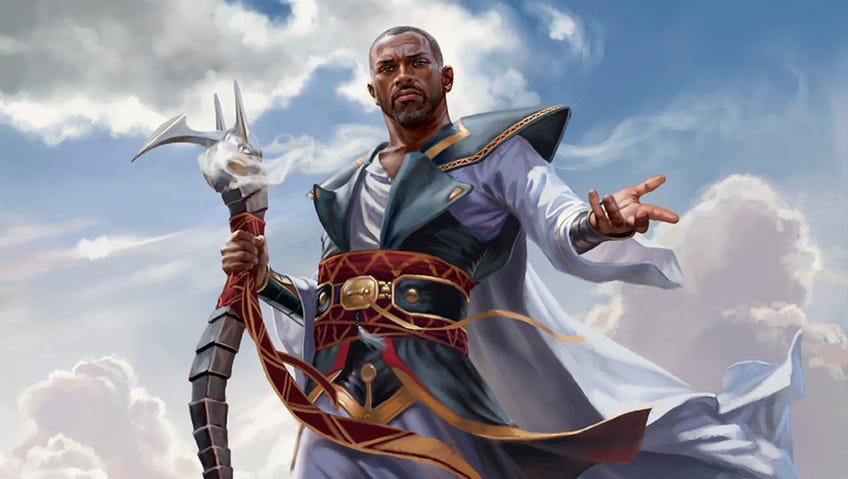
1. Beginning Phase
During the Beginning Phase, you untap your permanent cards - typically lands and creatures - before using any upkeep effects and finally drawing a card.
The Beginning Phase is divided into three separate steps, which happen in the following order:
Untap step
Permanent cards you control with the phasing ability may phase in or out during this step, before you untap. If a card phases out, it is treated as if it doesn’t exist in the game until it phases back in, when it returns to existing in the game.
Untap any tapped permanent cards (by rotating them 90 degrees so they are upright again). These will usually be the land and creature cards you used on or since your last turn. All cards are technically untapped at the same time.
If you’re playing using the Day and Night mechanic introduced in Innistrad: Midnight Hunt, check whether it changes from day to night or vice-versa. Day becomes Night if the previous player didn’t cast any spells on their turn. Night becomes Day if the previous player cast two or more spells. When the time of day changes, daybound and nightbound permanents transform as described on their card.
Upkeep step
During the Upkeep step, players can activate effects and abilities that are triggered by the card being untapped or that specify the start of the Upkeep step.
When multiple effects are triggered by players, they are added to a stack of cards. The active player is considered to have priority and places their activated cards on the stack in the order of their choosing, before the other players add their own activated cards. Players can respond to their opponents’ abilities with their own instant effects.
Some older Magic: The Gathering cards may specify a cost that must be paid during the Upkeep step, such as mana or life, often to trigger a specific effect or avoid a card being sacrificed to your graveyard. However, this is less common on modern MTG cards.
Draw step
As the name suggests, during the Draw step the active player draws one card from their library. Any abilities triggered during the Draw step are added to the stack, with the active player once again having priority if multiple players activate effects.
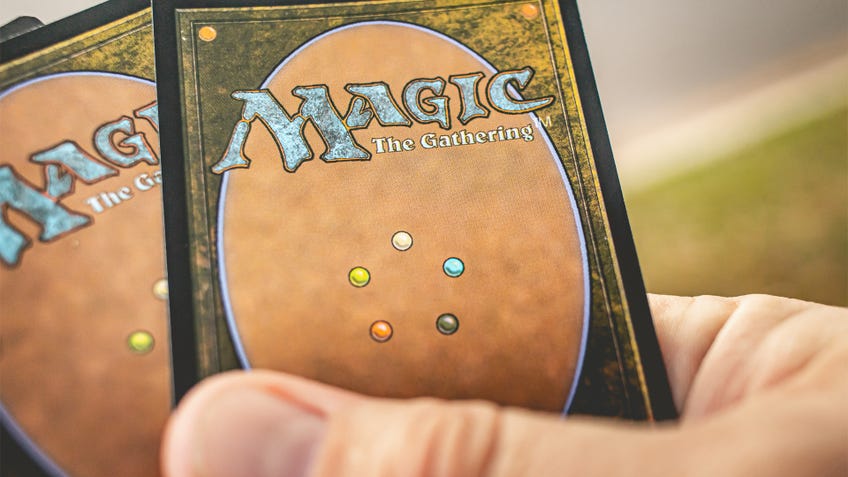
What is the stack in MTG?
Throughout this guide, you will see reference to the stack. In simple terms, this is how the order of card effects is resolved during the phases of a MTG turn. The stack is a key part of Magic: The Gathering’s gameplay, allowing players to respond to their opponents’ spells and actions with spells and effects of their own.
When multiple cards are activated during the same step of a turn, they are usually added to the stack. The active player - the person whose turn it is - has priority, which means they add their card to the stack first. If they are playing multiple cards together as a single action or effect, they can choose the order in which the cards activate.
Once the active player has added their card to the stack, their opponents may respond - usually with instant spells or abilities, which can be played during your opponents’ turns. When an opponent’s card is added to the stack, it is placed on top of any other cards in the stack. Cards from different players may be arranged in the stack at 90 degree angles to each other to make it easier to track whose card is next.
Once every player has added their cards to the stack for the current step, the stack is resolved. Cards are activated one at a time from the top down, working towards the active player’s original card at the bottom - this represents other players responding to the active player’s action. In other words, cards played last are activated first, and so on. As each card is activated, players can play additional cards between each resolution to react, following the same rules as before.
Not all card abilities use the stack, and effects triggered by cards aren’t part of the stack themselves, but may still take effect.

2. Main Phase
The Main Phase occurs twice in Magic: The Gathering: once before combat and again after combat has been resolved. These two phases are referred to as the first and second Main Phase, or alternatively as the pre-combat and post-combat Main Phase, and respectively make up the second and fourth phases of a turn. Some abilities may trigger at the beginning of the Main Phase, as described on the card itself.
As the name implies, the Main Phase is where most of Magic: The Gathering’s action takes place, with the active player playing cards and activating effects. Those cards may include a land card, creatures, artifacts, instants and other spells, which each have different rules related to their use.
The active player can only play a single land card from their hand during their entire turn, unless specific rules text allows them to play more than one. Land cards provide the mana used to pay for other cards, such as creatures and enchantments.
During the active player’s Main Phase, their opponents may only use instant abilities or other instant effects. These take effect according to the stack, with the active player having the priority if they play a card that their opponent responds to with an instant effect.
Once the active player has played all of the cards they want during their first Main Phase - and their opponents don’t wish to use any more instant effects - the turn proceeds onto the Combat Phase. If it’s the end of the second Main Phase, the turn moves onto the End Phase.
3. Combat Phase
The Combat Phase in MTG is when players finally do battle, using their assembled creatures and spells to damage their opponent and advance their way to victory. With the possibility of many creatures and abilities to resolve, it can be the most complicated part of Magic: The Gathering for beginners, but it’s easier to understand by following its five steps in order.
Beginning of Combat step
Before you get to fighting directly, all players can choose to use instant abilities and effects - these might include attempts to tap creatures or otherwise weaken your opponent or strengthen yourself. Like usual, cards activated in response to each other follow the stack, with the active player having priority.
If you’re playing a multiplayer game in a format such as Commander, the active player must also choose just one opponent to attack.
Declare Attackers step
The active player must choose which creatures they will attack their opponent with. You must declare all of your attacking creatures at once.
To attack with a creature, the creature must be untapped and cannot have summoning sickness - meaning that the creature cannot attack on the same turn it’s played unless it has a keyword such as Haste. Some other effects and abilities may also stop creatures from attacking, while others may be forced to attack, so be sure to check the card text.
If a creature is declared as an attacker, the card should be tapped (rotated 90 degrees). Some keywords and effects such as Vigilance allow cards to attack without being tapped.
Once all of the player’s attackers are declared, there is another chance for players to cast instant spells and abilities.
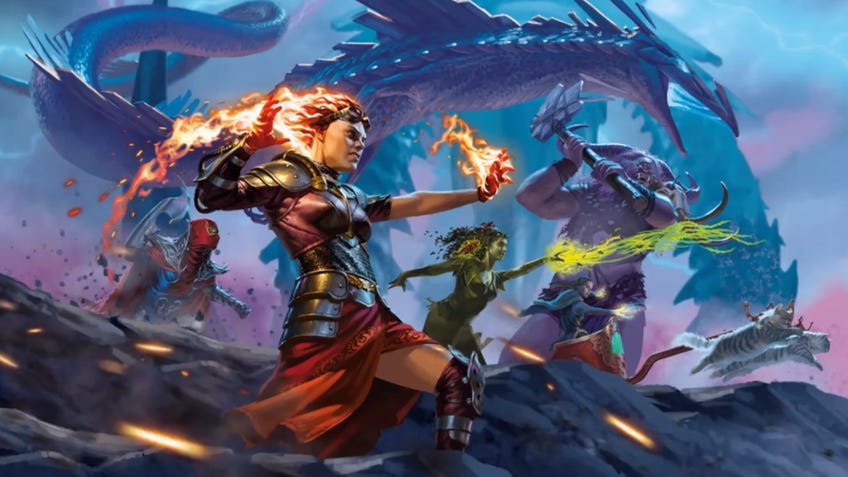
Declare Blockers step
Once the attacking player has declared all of their attacking creatures, the defending player gets to declare their own blockers. Most creatures can only block a single attacking creature, unless a specific ability or effect says otherwise. However, multiple blockers may defend against the same attacker.
In order to be declared as a blocker, the creature card must not be tapped. However, they are not tapped in order to defend unless specified otherwise by rules text, remaining upright.
The defender should make clear which creatures are blocking which attackers by assigning the blockers to attackers. Some attackers may have the keyword Unblockable, which means they cannot be blocked, while defenders may have abilities that force them to block or stop them from blocking.
If an attacker is left unblocked, it will damage its main target. This is normally the player, but can sometimes be a planeswalker or another card, such as a battle from the March of the Machine set.
Once all blockers have been declared and assigned, both players have another chance to play instant spells or abilities.
Combat Damage step
With attacks and blockers assigned, it’s time to dish out some damage. In most cases, attackers and blockers deal damage to each other simultaneously. Some keywords such as First Strike - which allows the creature to deal damage before cards without the keyword - change this. Double Strike also acts like First Strike, granting both a First Strike attack and then a second attack when regular combat damage is resolved.
Once First Strike and Double Strike damage has been resolved, attackers and blockers exchange damage equal to their power value. If a card receives damage equal to or greater than its toughness value, the card will be defeated and sent to its player’s graveyard.
When blocked by multiple creatures, an attacking creature can share its damage among multiple blockers - potentially defeating multiple blockers with a single attack. When multiple blockers are involved, the defending player decides the order in which the damage is assigned. Each blocker will not deal damage to the attacker until the card ahead of it in the resolution order is defeated and removed.
Attackers that have leftover damage once they have defeated any blockers usually cannot assign that remaining damage to another target. However, keywords such as Trample allow excess damage to be assigned to the player (or planeswalker or battle).
End of Combat step
Once fights have been resolved, damage dealt and defeated cards sent to the graveyard, the Combat Phase finishes with the End of Combat step. In short, this is where any abilities that specify the end of combat as their trigger take effect, with the active player taking priority as usual. Players can also choose to play instant spells and abilities - but as you’ve already done your fighting, this doesn’t tend to be that common.
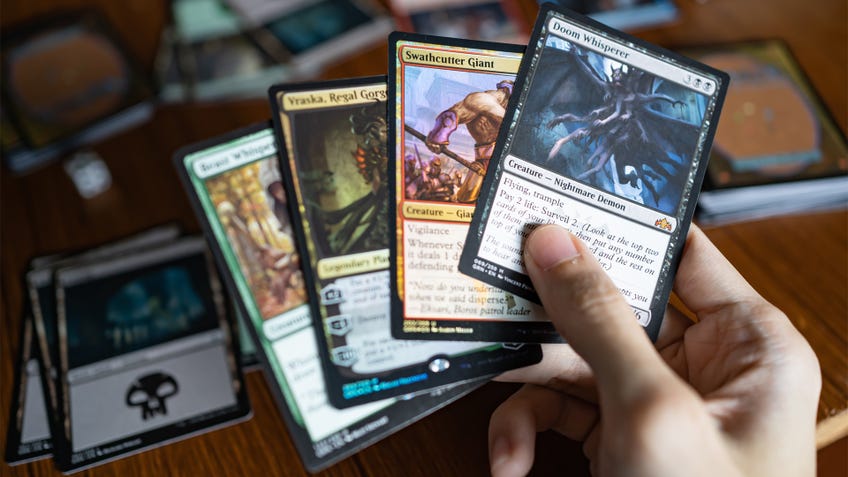
4. Second Main Phase
The second Main Phase - or post-combat Main Phase - takes place after the Combat Phase. It is the same as the first Main Phase, allowing the active player to play cards from their hand. Their opponents can also play instant spells and abilities as before, too.
Remember that you can only play one land card per turn, so if you’ve already played one this turn, you can’t put another down. If you forgot, though, now’s the time to play it.
5. Ending Phase
The final phase of a Magic: The Gathering turn is the Ending Phase, sometimes known as the End Phase. There are two steps to the Ending Phase, which see players activating any final effects before cleaning up their hand, damage markers and some other tokens.
End step
The end step - sometimes referred to as the end of turn step - is when any abilities triggered “at the beginning of your end step” or “at end of turn” come into effect, as well as stopping any effects that finish “until the end of your turn”. It’s also one final opportunity for players to activate instant spells and abilities, following the stack system as normal.
Cleanup step
Cleanup is the final step of the final phase during your MTG turn. True to its name, it largely sees the player tidying up their hand and board state before passing to the next player.
At the start of the cleanup step, the active player must discard down to their maximum hand size. This is normally seven cards, but some cards and rules may change that number.
Then, all damage on permanent cards (such as creatures) is removed - damage doesn’t persist between turns.
Some cards may trigger during your cleanup step - they take effect now, following the usual stack rules if multiple abilities are activated.
After that, your turn is over and play passes to the next player, who repeats the above phases from the Beginning Phase of their own turn.
